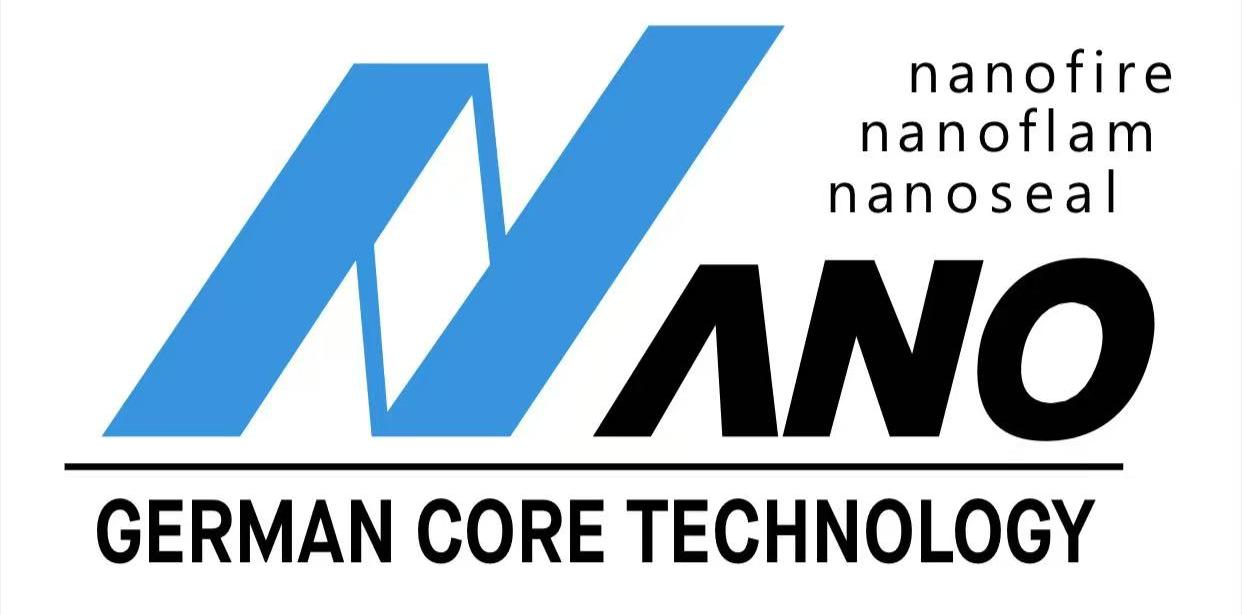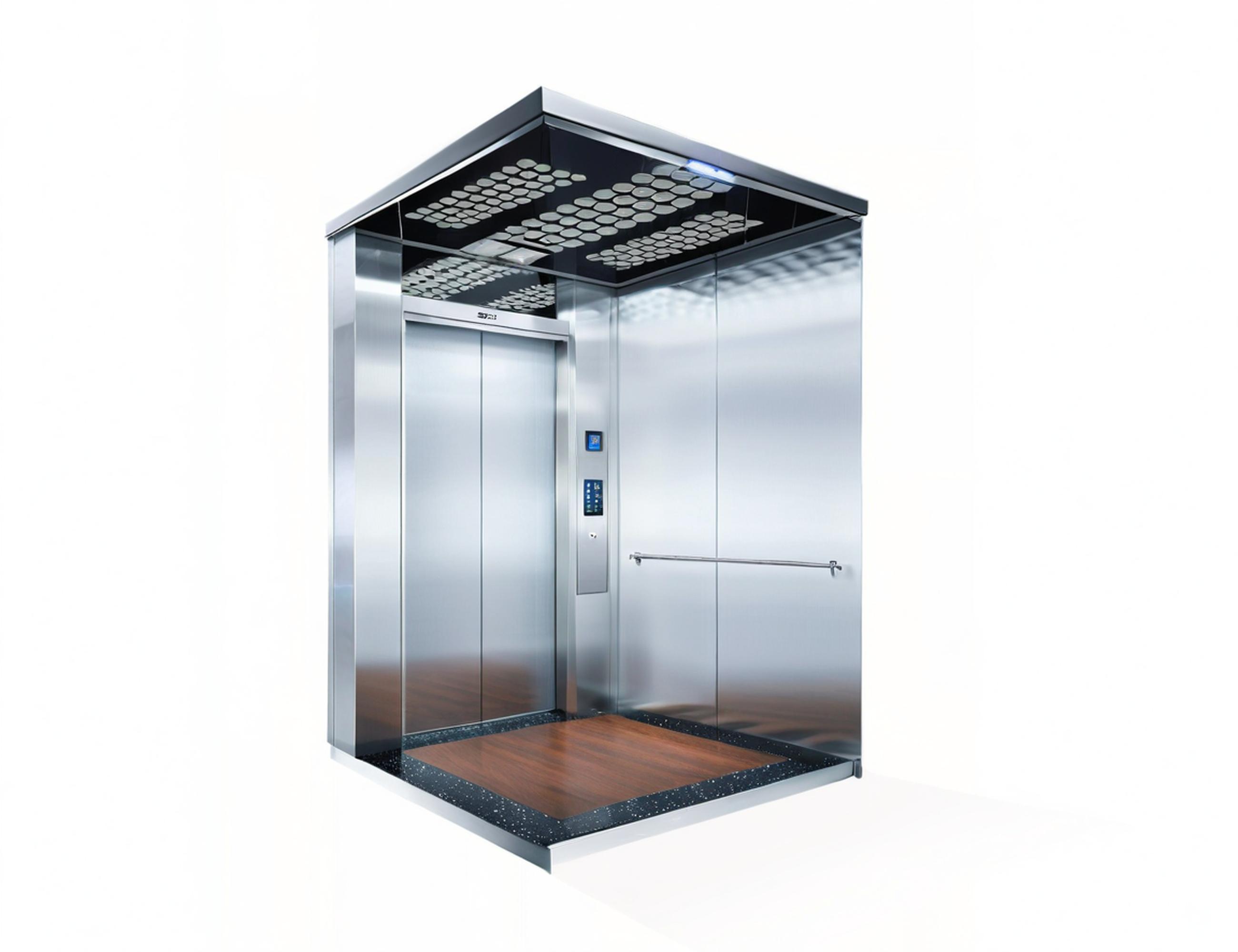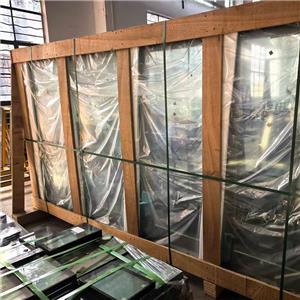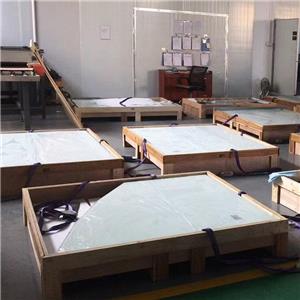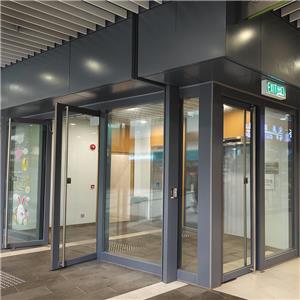Why Fire-Resistant Glass is Non-Negotiable in Stairwell Enclosures
The Science of Survival: Why Fire-Resistant Glass is Non-Negotiable in Stairwell Enclosures
In high-rise buildings, stairwells serve as critical evacuation arteries during fires. Unlike horizontal exits, these vertical pathways face unique dangers: chimney effects that accelerate smoke spread, thermal shock from firefighting water, and structural compromise risks. Fire-resistant glass transforms stairwell enclosures from passive passages into actively shielded lifelines, merging safety engineering with architectural necessity. Here’s how this technology redefines survival in multi-story emergencies.
1. Containing the Triple Threat: Flames, Smoke, and Radiant Heat
Stairwells inherently act as smoke chimneys, with studies showing smoke can rise at 3–5 meters per second. Ordinary glass shatters within minutes at ~700°C, accelerating fire spread. In contrast, fire-rated glass (ceramic or intumescent types) withstands temperatures exceeding 1,000°C for 60–180 minutes (EI60–EI180 ratings), creating a critical time buffer for evacuation.
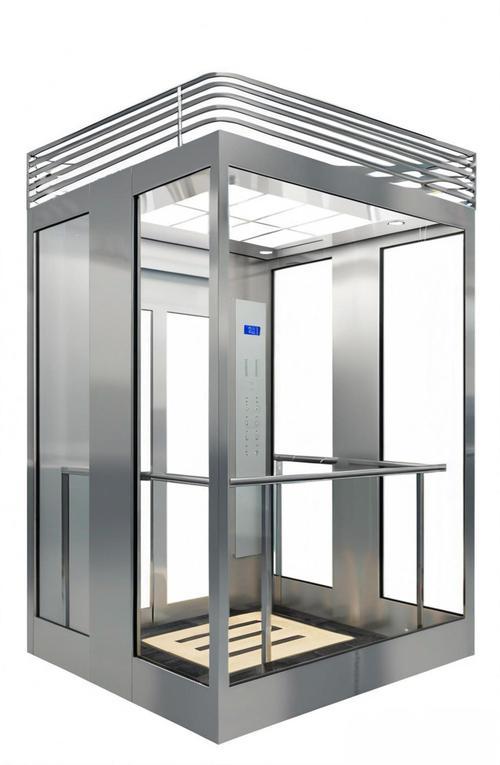
Smoke Blocking: Multi-layer intumescent interlayers expand under heat, sealing gaps to prevent smoke ingress—a vital function since 80% of fire fatalities result from smoke inhalation.
Radiant Heat Mitigation: Fire-resistive glass (unlike basic fire-protective types) limits heat transfer to <140°C on the non-fire side, protecting evacuees from burns and preventing secondary ignitions.
2. Preserving Structural and Psychological Integrity
Stairwell enclosures must remain structurally sound and psychologically navigable during chaos:
Thermal Shock Resistance: When sprinklers or fire hoses douse superheated surfaces, ordinary glass shatters explosively. Fire-rated glass maintains integrity despite rapid cooling—a key compliance requirement in standards like BS 476 and NFPA 101.
Visibility Maintenance: Transparent barriers reduce panic by allowing evacuees to see escape paths and firefighters to assess fire locations without opening doors (preventing oxygen-fed flare-ups). Modern ceramic glass remains transparent even at 1,000°C, while intumescent types turn opaque, psychologically shielding occupants from flames.
3. Code Compliance: Beyond the Checklist
International building codes (e.g., IBC, Singapore Fire Code) mandate stairwell enclosures as "protected shafts" requiring:
Compartmentalization: Fire-resistant glass assemblies (glass + frames + seals) create fire-rated barriers between stairwells and adjacent floors, restricting "flashover" risks.
Thermal Insulation: Class A fireproof glass (25–75mm thick) provides both integrity and insulation, keeping stairwell surface temperatures <160°C—essential for prolonged occupancy during evacuations.
Case in Point: Singapore’s SCDF regulations require EI120-rated glass in high-rise stairwells. In the 2023 Guangzhou Tower fire, EI90-rated enclosures prevented smoke ingress, enabling 1,400+ evacuations.
4. Architectural Synergy: Safety Meets Design
Historically, stairwell safety compromised aesthetics with solid concrete or wired glass. Modern fire-resistant glass resolves this conflict:
Light Maximization: Full-height glass partitions (up to 2400×4500mm) flood stairwells with daylight, reducing reliance on emergency lighting and improving mental well-being during emergencies.
Historic Integration: In heritage sites like London’s 1775 Swiss Church, fire glass preserved original aesthetics while upgrading safety—proving even delicate facades can embed resilience.
5. Future-Proofing Stairwells: Emerging Tech
Innovations are amplifying fire glass’s stairwell role:
Smart Glass: IoT-enabled panels with embedded heat sensors trigger automated escape-route lighting and alarms.
Hybrid Systems: Glass combining fire resistance (120+ minutes) with blast protection for high-risk towers.
Dynamic Tinting: Electrochromic fire glass adjusts opacity to control radiant heat while maintaining visibility.
The Unseen Lifesaver
Fire-resistant glass in stairwells is not merely a code compliance exercise—it’s a behavioral safety intervention. By maintaining visibility, blocking smoke, and buying critical minutes, it addresses evacuation’s psychological core: humans flee toward light, not darkness. As Daniel Baker notes, "Fire-rated glass transforms passive exits into active shields". In the vertical race against fire, transparency becomes the ultimate guardian of life.
